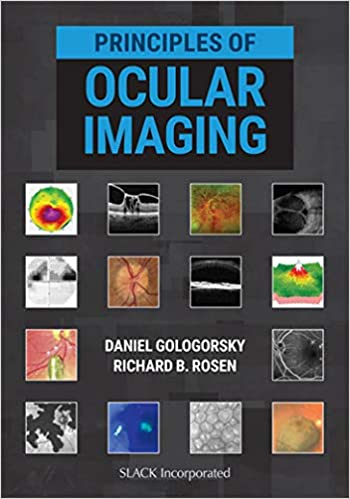Pink eye, or conjunctivitis, in an eye ailment that manifests with redness, tearing, itchiness, or discharge of the affected eye. It can be highly contagious. In fact, as an undergrad at Cornell, I recall an epidemic of pink eye that caught the attention of the media outlets. The spread of the disease was eventually traced to the main undergrad library, and more specifically, to a set of public computers linked to the common printers.
In this article, I will
- Explain what conjunctivitis is,
- Show how to differentiate between different types of conjunctivitis,
- Describe several standard treatment options, and
- List some preventative measures you can take to stop its spread.
What is conjunctivitis?
The conjunctiva is a thin translucent film covering the front surface of the eyeball (it covers the "whites of the eyes"). It is a physical barrier that protects the eye from outside pathogens. Like most barrier tissues, the conjunctiva can get infected or inflamed, resulting in conjunctivitis.
Types of Conjunctivitis
There are many types of conjunctivitis, but for clarity, I will divide them into two categories: infectious and allergic. Infectious conjunctivitis can be caused by a virus or by a bacteria. Most of the time (~70-90% of the time), infectious conjunctivitis is caused by a virus.
Determining Conjunctivitis Type

Signs of Viral Conjunctivitis
Viral conjunctivitis is often caused by the same adenovirus that causes an upper-respiratory infection, so a concurrent or recent cold is not uncommon. Viral conjunctivitis is very contagious -- a tell-tale sign of viral conjunctivitis is having the infection spread from one eye to the other, or to other members of the same household or work environment.
Signs of Bacterial Conjunctivitis
While it is difficult to distinguish viral from bacterial conjunctivitis, the latter tends to have heavier colored mucopurulent discharge compared to the former.
Signs of Allergic Conjunctivitis
Allergic conjunctivitis tends to affect those with allergies (pollen, dust), and is more seasonally pronounced. Often this conjunctivitis is associated with a runny nose, spring time, and allergic shiners of the face.
Conjunctivitis Treatment
The treatment of conjunctivitis depends on its underlying cause.
- Viral conjunctivitis improves only with time (an antibiotic won't work).
- Exception: in the rare case that the conjunctivitis is caused by the herpes simplex virus, your opthamologist may prescribe an antiviral medication.
- Bacterial conjunctivitis improves dramatically with antibiotics.
- Allergic conjunctivitis improves by physically eliminating the allergen and with the administration of antihistamine drops.
Note: There are other treatments for conjunctivitis, including mild steroids and ophthalmic betadine, but such treatments more nuanced and are beyond the scope of this article.
In all cases of conjunctivitis, supportive care with copious artificial tears and cool compresses can make the patient feel better from a comfort perspective. Most of the time, conjunctivitis symptoms resolve on their own within a week.
Prevention Measures
Keep in mind that viral conjunctivitis is highly contagious, so care should be taken to limit physical contact with the affected eye and other people in a social setting. Make sure to:
- Avoid touching your eye and wash your hands frequently.
- Frequently change your towels, washcloths, and bedding.
- Replace any eye cosmetics you have been using, and don't share with others.
- Avoid swimming pools.
Note: Conjunctivitis is easily spread through contaminated water, so avoid watery settings such as pools, hot tubs, water parks, and lakes. In addition, chlorine and other chemicals in treated water can exacerbate eye irritation.
A comprehensive list of precautionary measures can be found here: CDC Conjunctivitis Prevention
See a Specialist
This article is for educational purposes only and should not be used as a substitute for professional medical advice.
Even among doctors, it is better to see an ophthalmologist for pink eye. Eye specialists are better able to distinguish between the myriad of conditions that can manifest in redness and treat the underlying condition appropriately. While Visine or antibiotic eye drops are commonly prescribed by non-specialists, such treatment may not be appropriate for common viral conjunctivitis. Indeed, a study in the in journal Ophthalmology found that:
"Compared with people seen by an ophthalmologist, those who saw pediatricians, family practice doctors, internists and emergency room doctors were two to three times as likely to receive antibiotics."
So next time you or a friend experiences pink eye, make sure to see an ophthalmologist.

